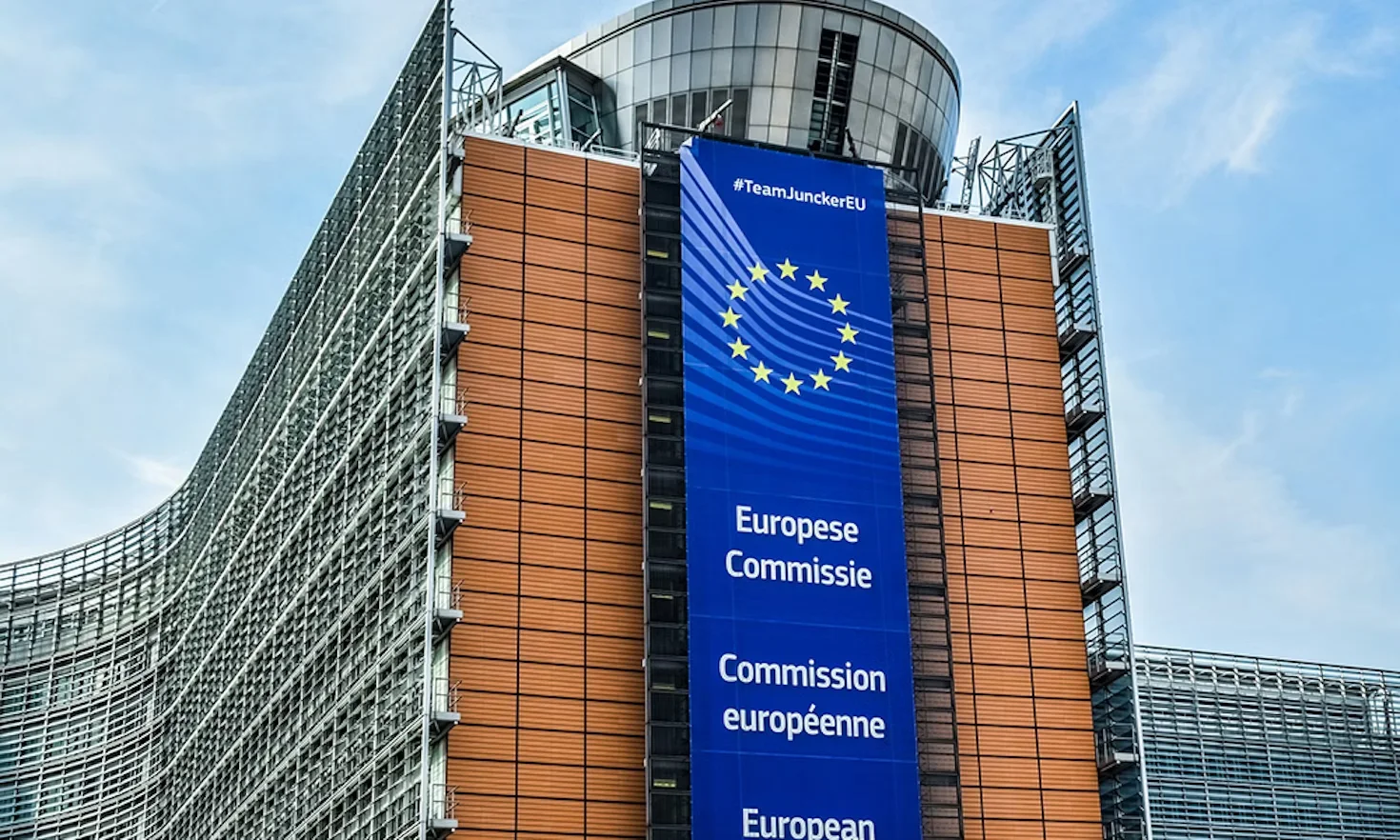 |
| The European Commission |
The European Commission is set to review its existing steel safeguard measures, possibly tightening them significantly due to persistent weak market conditions. This action comes as part of the Commission's annual review, which could be expedited in light of mounting global overcapacity. Sources suggest that the Commission may announce its decision as early as next week.
The current global overcapacity in steel production is placing additional strain on the European market, where demand for steel remains weak. As a result, industry insiders are urging the Commission to reconsider the planned 1% liberalization of the steel import quota. This adjustment would allow importers to secure a greater share of the European market, which is shrinking due to both supply overabundance and lackluster domestic demand.
The Commission is also expected to further tighten import volumes beyond the existing 15% cap on the "other countries" quota. Industry experts anticipate additional investigations into alleged dumping practices from countries such as Egypt, Japan, India, Vietnam, South Korea, and Indonesia. These investigations could potentially lead to higher tariffs or other protective measures for European steel producers.
Specifically, there are discussions regarding the inclusion of hot-rolled coil (HRC) from several countries, including Egypt, Japan, India, and Vietnam. Furthermore, the European Union could extend its scrutiny to Vietnamese hot-dip galvanized steel, South Korean and Indonesian plate steel, and cold-rolled coil from Taiwan. Additional investigations could also target other Asian countries selling HRC and downstream products.
European steel mills have long been advocating for stricter measures, claiming that the current safeguards are insufficient to protect the industry from the flood of cheaper imports. The impending review by the European Commission may result in a significant shift in the European Union's trade strategy for steel, with potential long-term effects on both domestic producers and foreign exporters.













 We publish to analyze metals and the economy to ensure our progress and success in fierce competition.
We publish to analyze metals and the economy to ensure our progress and success in fierce competition.
No comments
Post a Comment